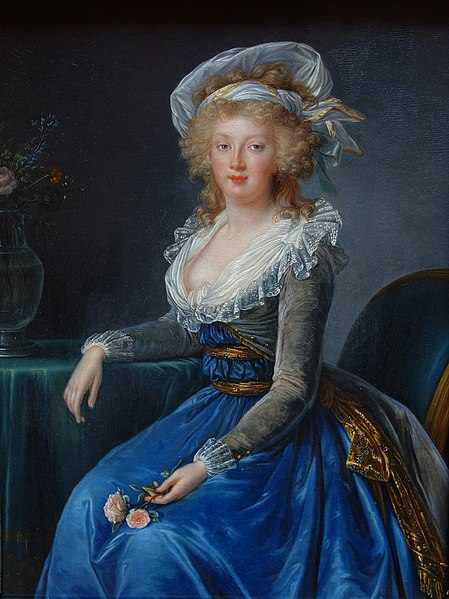In Beethoven's Chamber Music in Context, Angus Watson write:
For musicians, a chance to play Beethoven’s Septet is like being invited to a wonderful party — the best sort, where each guest is welcomed individually for who they are, and listened to for what they have to say, whether it is serious or amusing. Each instrument is given a chance to shine, sometimes in a group, sometimes as a soloist, in line with Beethoven’s own instructions: “violin, viola, violoncello, double bass, clarinet, horn, bassoon — tutti obligatto”
Beethoven composed his Septet in E♭ Major (Opus 20) towards the end of 1799. With its six movements, it qualifies as a Divertimento. The instrumentation is unusual — unique for the time — and making its sole appearance in Beethoven chamber music is a double bass.
#Beethoven250 Day 121
Septet in E♭ Major (Opus 20), 1799
It’s great that violinist Janine Jansen (@itsjaninejansen) likes to play chamber music, and that she has such a splendid group of friends to play with her.
The Opus 20 Septet became the most popular of Beethoven’s wind pieces, and for good reason. The opening Adagio soon gives way to the tuneful first movement Allegro, followed by the lovely, seemingly unending Adagio Cantabile in 9/8 time.
The third movement Minuet is adapted from the Minuet in the Piano Sonata No. 20 (Day 84), but the dotted notes become double dotteds for an extra kick. The fourth movement is an appealing theme and variations based on a Rhenish tune.
The fifth movement is also in minuet-and-trio form but this time it’s a Scherzo. The last movement begins with a tragic theme that can’t hide its mock-tragic nature before bursting into a joyful Presto finale. And dig that marvelous violin cadenza!
#Beethoven250 Day 121
Septet in E♭ Major (Opus 20), 1799
Members of the Sydney-based Omega Ensemble prefer to stand, thank you.
Beethoven dedicated the Opus 20 Septet to Holy Roman Empress (and Empress consort of Austria) Maria Theresa, who was a big music aficionado and a trained soprano. This painting of her is by the great French portraitist Vigée Le Brun.

Once when Haydn heard that Beethoven had some harsh words about The Creation, he said “That is wrong of him. What has he written then? His Septet?” and then surprisingly added “Certainly that is beautiful, nay, splendid!” (Cooper, Beethoven, p. 445, n. 51)
#Beethoven250 Day 121
Septet in E♭ Major (Opus 20), 1799
Another great performance by members of the Santa Barbara-based Camerata Pacifica.
After the Opus 103 Wind Octet of 1793, the Opus 81b Horn Sextet of 1795, the Opus 71 Wind Sextet and Opus 16 Wind Quintet of 1796, and now the Opus 20 Septet, Beethoven was done with large ensembles of wind instruments, and larger-than-quintet chamber ensembles in general.
As with other works that became very popular, Beethoven grew to dislike the Septet: Years later, people who met Beethoven would discover that “praising Beethoven’s early works, especially the Septet, was a sure way to make him angry.” (Cooper, Beethoven, p. 333)
Around 1815, Beethoven was told that the Septet was very much admired in England. “That’s a damned thing,” he said of the work. “I wish it were burned!” (Thayer-Forbes, p. 620)
We must now bid Lebewohl to 1799 and Willkommen to 1800. Perhaps this will be the year that Beethoven will unveil a symphony, and perhaps even a string quartet or two.